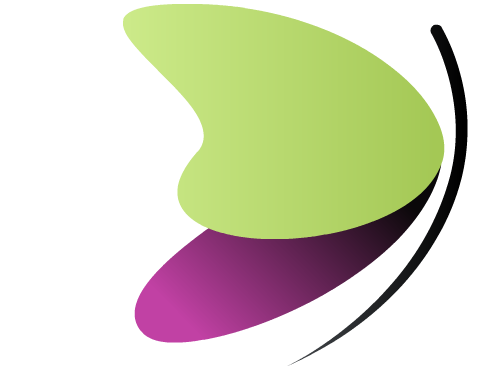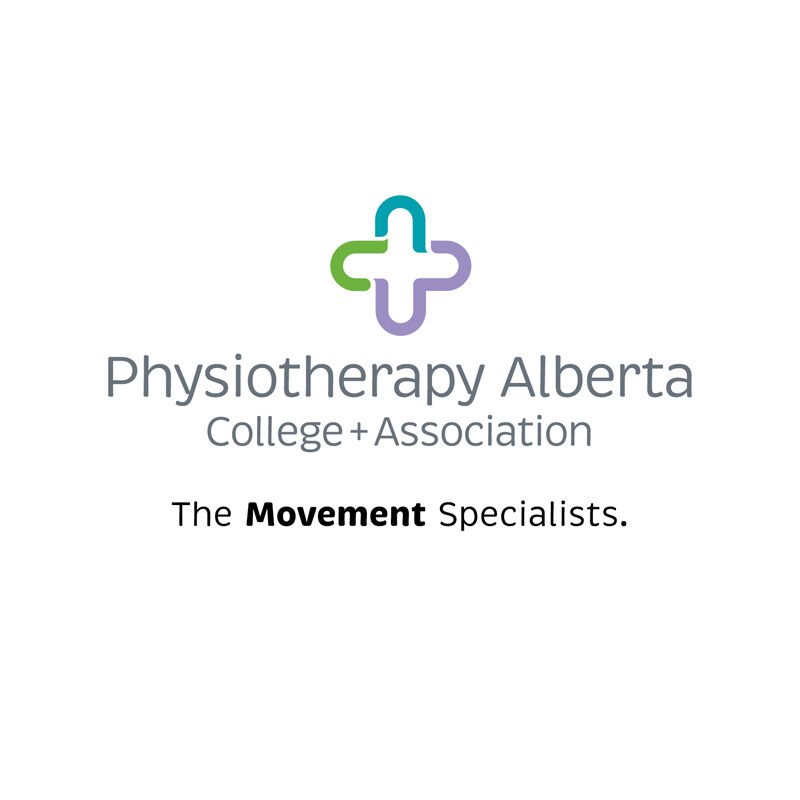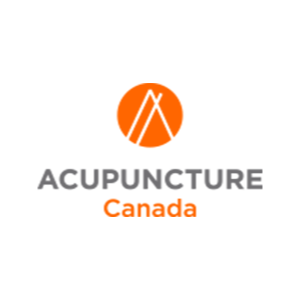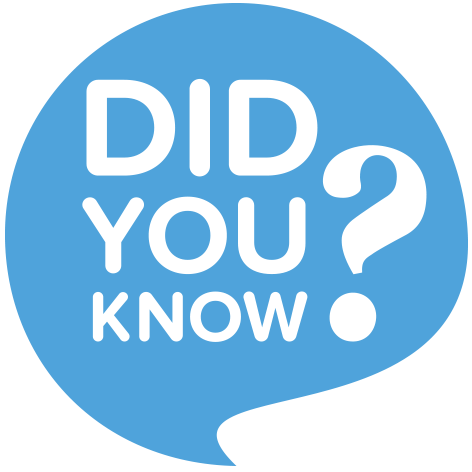Acupuncture & Dry Needling
More Info
ACUPUNCTURE
Acupuncture is the practice of inserting thin needles into specific points in the body. It is sometimes done with manual or electrical stimulation.
There are two approaches to acupuncture which sometimes overlap. Traditional Chinese acupuncture is based on a belief that the needles stimulate energy flow in the body. Western medical acupuncture adapts the traditional Chinese approach and applies a scientific method to understand and explain its effects. Ask your physiotherapist which method they use.
Acupuncture produces changes in nerves, muscles, connective tissue (fascia), hormones and circulation. By stimulating specific points, acupuncture releases the body’s own painkillers: endorphin and serotonin.
Acupuncture impacts the muscular, skeletal, neurological, digestive, respiratory, urinary and reproductive systems. Acupuncture is most effective when used in combination with exercise therapy, traditional physiotherapy and medication. It should be used in combination with other physiotherapy treatments.
Research shows that acupuncture is useful in the treatment of:
- Painful muscle conditions and injuries (e.g., shoulder pain and ankle sprains)
- Hip and knee osteoarthritis
- Neck pain
- Chronic low back pain
- Headaches (migraine and tension)
- Fibromyalgia
- Pelvic and low back pain in pregnancy
- Pain during labour
Acupuncture can also be used to treat:
- Cancer-related fatigue
- Multiple sclerosis
- Parkinson’s disease
- Dry mouth (often a side-effect of chemotherapy)
- Stroke
The number and location of needles used will vary based on your condition and treatment goals. Some notice the effects of treatment on their first visit, while others may need 5-8 treatments to see better results. Your physiotherapist will regularly check your progress to ensure acupuncture is helping you.
Yes. Any technique that punctures skin has a risk of complications. It is important you know the risks before treatment.
Common, mild complications that usually resolve on their own include:
- Pain with needle insertion or movement
- Bleeding or bruising at the needle site
- Post treatment drowsiness or fatigue
Less common complications that range from mild to significant include:
- Dizziness
- Extreme drowsiness or fatigue
- Forgotten needle
- Fainting
- Nausea
- Post-treatment pain or nerve irritation
- Emotional reaction
Sometimes, serious complications that may require attention from other health-care providers may occur, including:
- Breakage of needle within the body
- Infection
- Puncture of vital tissue (a puncture of lung tissue causing it to collapse, also known as a pneumothorax)
To reduce the risk of complications:
- Eat before your appointment
- Show up well rested to your appointment
- Tell your physiotherapist if you have any concerns, including past experiences where you have fainted from receiving a needle
- Let your physiotherapist know if you experience pain, dizziness, nausea, shortness of breath or if you are feeling unwell
- Follow your physiotherapist’s advice about positioning and movement during and after treatment
- Inform your physiotherapist of any changes to medications such as blood thinners or pain relievers
Communicate with your physiotherapist throughout treatment. Discuss your treatment and ensure your questions are answered. You can request, at any time, that your physiotherapist stop needling.
Acupuncture is one of many techniques that your physiotherapist may use. Discuss the benefits and risks of acupuncture and other available treatments with your physiotherapist. For some, such as those with needle fear or a history of fainting, an alternative treatment might be a better option.
No. Physiotherapists who perform dry needling (including acupuncture) have completed training in addition to their university education. They have also received approval to perform needling from their regulatory body (Physiotherapy Alberta – College + Association) and must adhere to safe practice standards.
DRY NEEDLING
Trigger Point Dry Needling and Intramuscular Stimulation (IMS) both involve inserting thin needles into tight, irritable muscles.
Trigger Point Dry Needling creates changes to muscles and connective tissue (fascia) near the needled areas. It also stimulates nerves to help releases the body’s own painkillers.
Dry needling can treat an enormous range of conditions, from muscular pain to carpal tunnel, to lateral epicondylitis, plantar fasciitis and much more.
The number and location of needles used will vary based on your condition and treatment goals. The needle is inserted into the muscle up to several centimetres deep. Sometimes the needled muscle will twitch.
Intramuscular stimulation and trigger point dry needling are rarely stand-alone treatments. Needling is used to address pain. When combined with other physiotherapy treatment methods, it also helps improve movement and function. Your physiotherapist will regularly check your progress to ensure needling is helping you.
Yes. Any technique that punctures skin has a risk of complications. It is important you know the risks before treatment. Common minor complications that usually resolve on their own include:
- Bleeding
- Bruising
- Pain during treatment
- Pain following treatment
Less common complications that range from mild to significant include:
- Aggravation of symptoms
- Drowsiness
- Fatigue
- Feeling faint
- Nausea
- Headache
- Release of emotions
- Feeling shaky
- Numbness
- Nerve irritation
A stuck or bent needle is an uncommon but significant complication that may require medical attention. Serious complications are very rare and usually require intervention from other health-care providers include:
- Breakage of needle in the body
- Infection
- Puncture of vital tissue (e.g., a puncture of lung tissue causing it to collapse which is called a pneumothorax).
To reduce the impact of complications:
- Eat before your appointment
- Show up well rested to your appointment
- Tell your physiotherapist if you have any concerns, including past experiences where you have fainted from receiving a needle
- Let your physiotherapist know if you experience pain, dizziness, nausea, shortness of breath or if you are feeling unwell
- Follow your physiotherapist’s advice about positioning and movement during and after treatment
- Inform your physiotherapist of any changes to medications such as blood thinners or pain relievers
Communicate with your physiotherapist throughout treatment. Discuss your treatment and ensure your questions are answered. You can request your physiotherapist stop needling treatment at any time.
Needling is one of the many techniques your physiotherapist may use. Discuss the benefits and risks of needling and other available treatments with your physiotherapist. For some, such as those with needle fear or a history of fainting, an alternative treatment might be a better option.
No. Physiotherapists who perform dry needling have completed training in addition to their university education. They have also received approval to perform needling from their regulatory body (Physiotherapy Alberta - College + Association) and must adhere to safe practice standards.
THERAPY2U STAFF CURRENTLY OFFERING ACUPUNCTURE &/OR DRY NEEDLING:
MELISSA VOLL
MEGHAN GUYDASH
BRIAN COUGHLAN
JEY RAHADKRISHNAN
KELSEA MABUCHI
Rockstar Resources
Acupuncture Canada
Acupuncture Canada promotes acupuncture and related modalities through continuing education and support for regulated health professionals.
Did You Know?
Today’s acupuncture needles are extremely tiny and don’t hurt! Many people are scared to try acupuncture thinking it will be painful. The needles are about as fine in thickness as two human hairs. However, acupuncture originally began by inserting needles that were made of stone, bamboo and bone. Can you imagine?!



